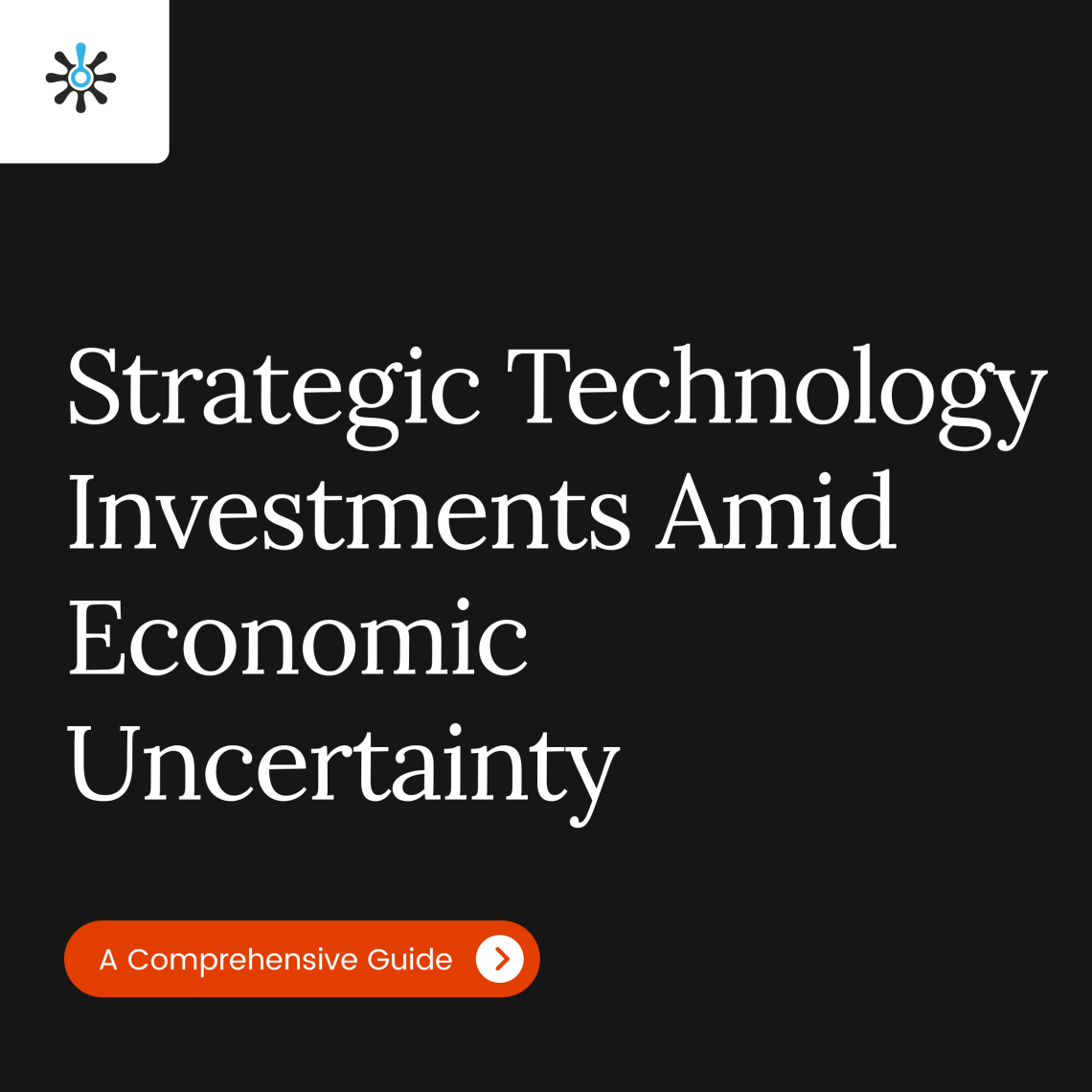In the ever-evolving landscape of business challenges, marked by supply chain disruptions, pandemics, recessionary talks, inflationary pressures, and the rise of remote work, companies face unprecedented hurdles. The risk to business growth and, in some cases, survival, is palpable. However, within this volatile environment, strategic technology investments emerge as a beacon of opportunity, offering the potential not only to weather downturns but also to thrive.
Learning from Past Strategies
Reflecting on past economic downturns, enlightened companies that strategically embraced emerging technologies positioned themselves for accelerated growth. The period from 2008 to 2009 serves as a notable example, where prioritizing technology adoption enabled companies to emerge stronger. A study by Bain & Company highlighted the stark contrast between winners and losers during this period. Winners, numbering over 3,900 companies, experienced 17% growth during the downturn, securing an additional 13% post-recession, while losers grew at a mere 1% post-recovery.
The differentiator was not solely technology adoption but also a focus on the cost of transformation. However, the pivotal factor contributing to success was the expedited exploration and adoption of technology.
Shifting Dynamics in Downturn Strategies
Since the last economic downturn, the market has witnessed an influx of marketing and sales technology, leading to widespread digital adaptation across businesses. Advances in platforms, cloud computing, machine learning, and automation software have revolutionized how companies address customer needs, empower internal teams, and optimize sales and marketing efforts. These technological advancements have expanded the array of levers available to companies for cost-cutting, human resource management, sales enhancement, and internal process optimization.
Navigating the Digital Landscape Today
While technology offers a plethora of opportunities, its efficient utilization comes with a caveat. Companies lagging in digital adoption are likely to invest less and find less success compared to digital leaders during a downturn. A KPMG study revealed that digitally leading companies were 50% more likely to make additional technology investments during the pandemic, with 50% more organizations being ‘very’ or ‘extremely effective’ at using digital technologies, spending an additional 21%–50%.
Investing in technology during downturns can mitigate or eliminate adverse effects and set the stage for growth. The critical question for companies is where to invest. Should the focus be on automation to gain efficiencies and simplify complex processes, real-time responses for sales and marketing optimization, or accounting and working capital solutions for financial management? The answer may vary depending on whether the company operates in a B2C or B2B space.
Tailoring Investments to Business Models
For B2C Companies
Companies heavily reliant on marketing resources to drive prospects and convert them into paying customers should prioritize continued E-commerce investment. Investments in web storefront conversion technology, customer service tech, and solutions informing marketing attribution are sound choices.
For B2B Companies
In the realm of B2B, the investment decision hinges on the existing tech stack and sales model, whether direct or via a sales network.
Direct Sales Model
Solutions automating lead or sales processes and driving marketing optimizations are critical for investment.
Sales Networks
For businesses relying on sales networks, lightweight cloud-based solutions that are easily adopted without extensive integration or training should be prioritized.
Regardless of the model, businesses need to position themselves for amplified expansion post-downturn, retain key sales team members, and gain greater visibility into performance during times of uncertainty. Strategic technology investments serve as a linchpin in achieving these objectives.
Explore how organizations can leverage technology investments to enhance resilience, drive innovation, and position themselves for sustained success. Consider insightful strategies and success stories that illuminate the path toward making impactful and future-ready technology investments in an ever-evolving economic landscape.










